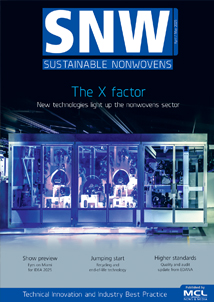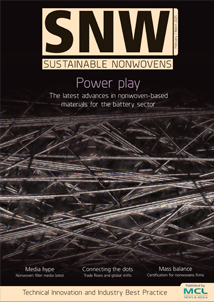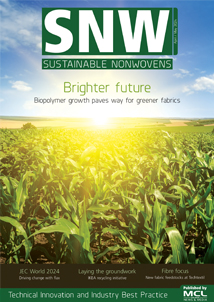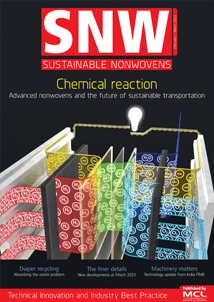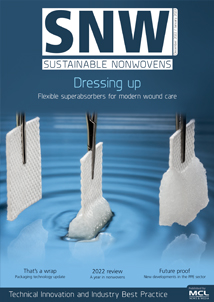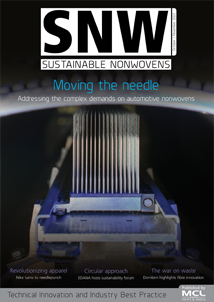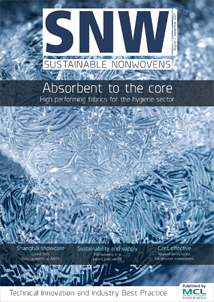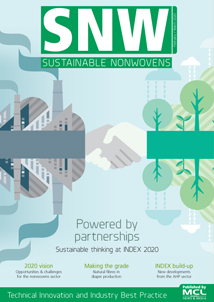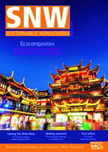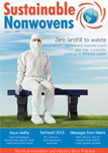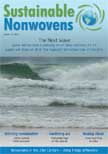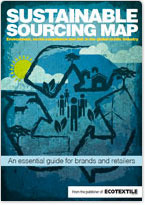LEATHERHEAD – Despite concerns over sustainability and flushability, global demand for nonwoven consumer and industrial wipes will remain bullish over the next five years, according to the latest forecasts from Smithers.
Exclusive data available now in The Future of Global Nonwoven Wipes to 2027 show the market in 2022 will reach a value of $20.82 billion, equivalent to 1.5 million tonnes of nonwoven substrates. This follows two years when hygiene and surface cleaning linked to Covid-19 has generated an unprecedented demand surge.
While the latest strains of Covid are less lethal, they are still prevalent with China reinstating widespread lockdowns in H1 2022. This will support additional purchases of wipes – especially disinfectant and healthcare variants – through 2022 and beyond, as Covid transitions from a pandemic to an endemic infection.
The report notes that a host of new nonwoven wipe lines were ordered in the early days of the pandemic, with several governments designating these strategic economic assets for the future. These will continue to come online over 2022-2023, addressing any residual effect of the supply shortages seen in 2020.
Smithers’ forecasts are now that the market will increase at a compound annual growth rate (CAGR) of 6.8% by value, and 7.4% by tonnage, across 2022-2027. This will yield a market worth $29.85 billion, consuming 2.14 million tonnes of nonwovens in 2027. Over the same period the total surface area of nonwovens used in wipes will increase from 27.55 billion square metres to 41.63 billion square metres.
The leading market trend is to make wipes more sustainable, responding to both consumer expectations and new regulatory requirements. For the latter the EU’s Single-use Plastic Directive is creating new labelling, consumer education, and obligations to pay for the disposal of consumer pre-wetted personal care and domestic wipes; industrial wipes are, for now, out of scope.
Overall spunlace will remain the dominant nonwoven technology in wipes, but sustainability concerns are promoting R&D into refinements, including the use of more wood fibres – and possibly polyhydroxyalkanoates (PHAs) bioplastics – in construction. This will also stimulate demand for other innovations including integrating modified carboxymethyl cellulose binders in airlaids, and wipe manufacturers switching to modified hydroentangled wetlaids.
A related issue is flushability, designing wipes to clear sewage systems, and not pollute the seas and rivers. Several US states – including Illinois, Oregon and Washington – have now passed laws on wipe flushability into law, with more anticipated in the near future.
The strongest growth across the Smithers forecast period will be in personal care wipes, closely followed by homecare. The personal care segment will benefit from increased home working and consumers prioritising convenience. Demand will grow fastest for adult moist toilet tissue and cosmetic/facial wipes over the next five years. In homecare segments an elevated interest in domestic hygiene means all segments will sustain double-digit growth over the next five years, along with the introduction of more environmentally friendly nonwoven bases. Industrial wipe demand will be more closely linked to an overall recovery in manufacturing, but baby wipes will see the slowest expansion.













